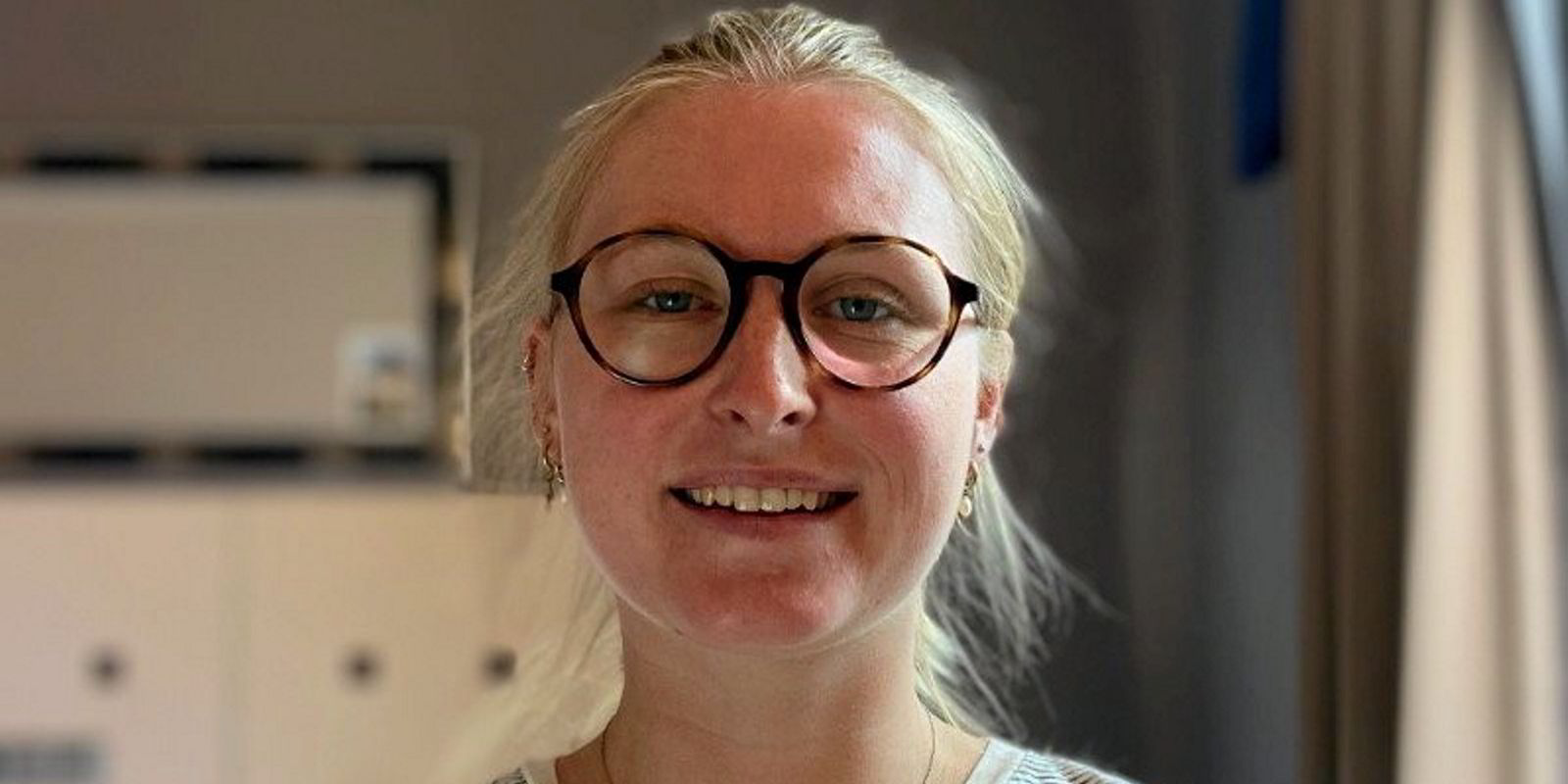Saudi Aramco’s decision to abandon plans to raise its maximum sustainable capacity has many players speculating on what it could mean for the tanker market.
The move announced on 30 January means that the Saudi Arabian oil giant will retain maximum sustainable capacity at 12m barrels per day instead of 13m bpd. It is not expected to have effects in the near term but could bring a boost for VLCCs down the line.
Nordea analyst Erik Hovi said: “The way I see the communication is that it’s more defence against rising US/non-Opec production and not as much against waning oil demand, which, given VLCC fleet/supply and current oil demand picture creating longer distances, is likely to mitigate effects for the tanker fleet as the 12m bpd is sort of the baseline now.”
The decision to back off the capacity increase was made by the Ministry of Energy, which by royal decree has the right to set the figure as it sees fit. The increase was initially announced in 2022.
Further details on the decision were scant, but several reports suggest it was made to funnel Aramco profits to the Saudi Vision 2030 initiative to diversify the national economy and lessen its reliance on oil.
As it stands, Saudi Arabia produces about 9m bpd of crude oil, according to Clarksons.
Data from Kpler shows 7.7m bpd are exported, with around one-seventh heading to China and almost all on VLCCs.
Rates for those ships have trailed other crude tankers as production cuts by Opec and its allies take their toll. The Baltic Exchange’s time charter equivalent assessment came in at $38,350 per day on Monday, well behind suezmaxes at $46,925 and aframaxes at $49,898.
Still, Hovi said the outlook for VLCCs is strong despite the recent weakness, given oil demand forecasts and minuscule fleet growth.
“If Opec would do further drastic cuts, it would of course be detrimental, but that would open the door for further US shale, and given oil futures still in the $70 per barrel range over the next 12 months and Saudi’s diminishing control on Russian production, it seems unlikely,” he said.
“If Saudi were to try out-pricing shale and open the flood gates, the short-term effect would be very beneficial for tankers as well.”

Clarksons’ Frode Morkedal said even with the maximum sustainable capacity cut, Saudi Arabia still has more than 3m bpd in surplus capacity.
He also said the country wants to move away from fossil fuel-based power generation in the long term, which could be a boost for tankers.
But it would still be using 1m bpd for power generation in the summer, reducing crude exports.
If Saudi Arabia were to boost power generation from renewable sources or gas, Clarksons believes it could help reduce seasonal fluctuations in tanker rates.
“If oil demand continues to rise and Middle Eastern producers choose not to invest in new capacity, the focus may shift to the Americas, which account for roughly one-third of total global oil reserves,” Morkedal said.
“Given that Asia will account for the majority of future oil demand and refinery runs, increased production in the Atlantic basin would support tonnage demand growth by extending transport distances.
“For example, transporting 1m bpd from the US Gulf to China requires 57 VLCCs annually, compared to 24 VLCCs for the Middle East-China route.”





